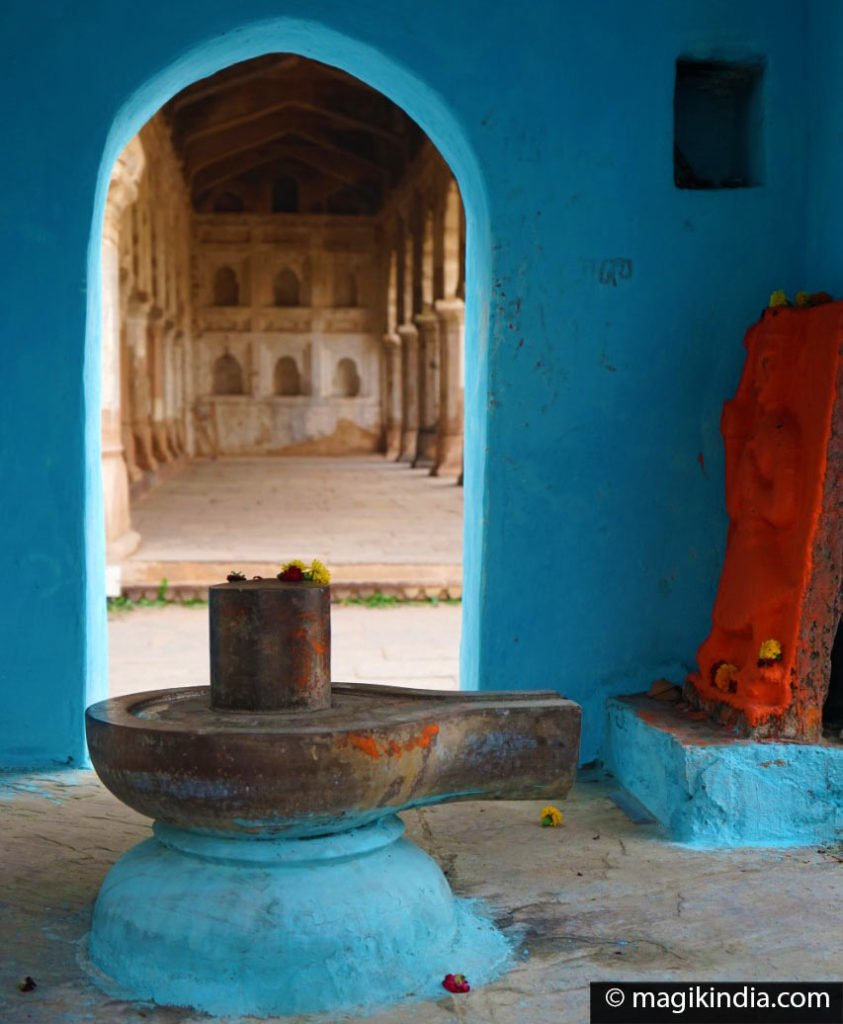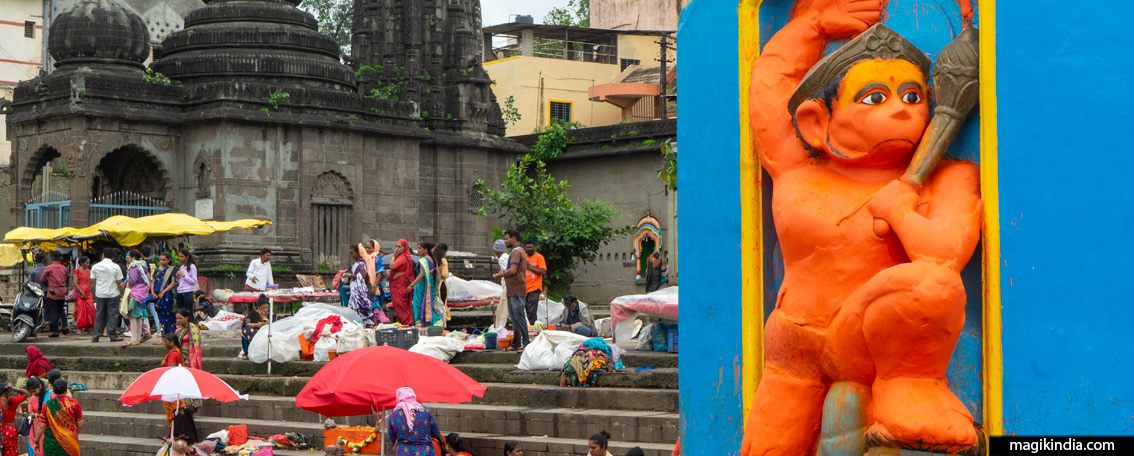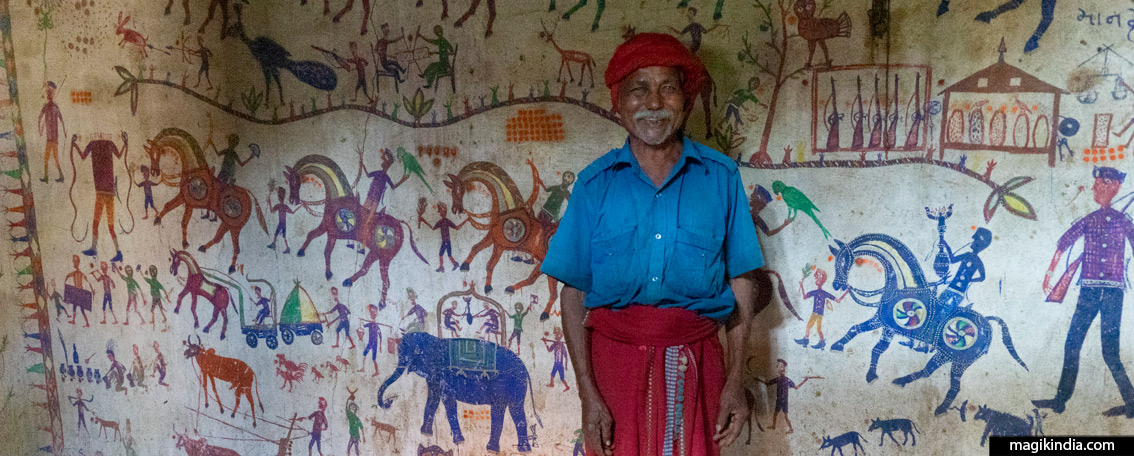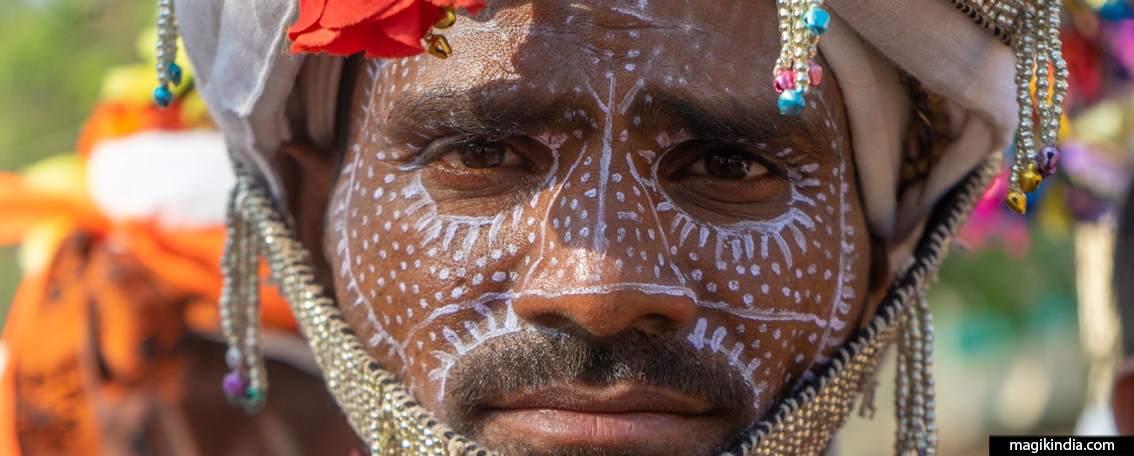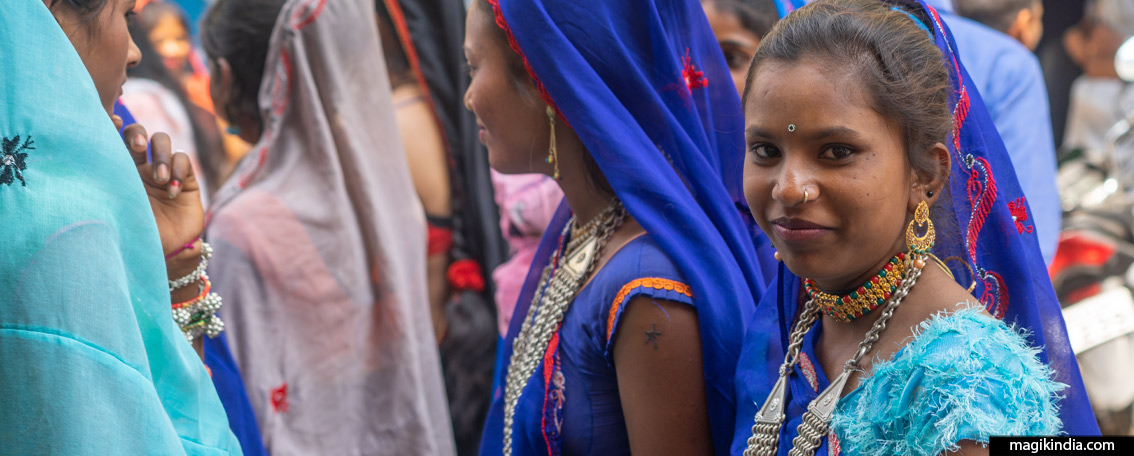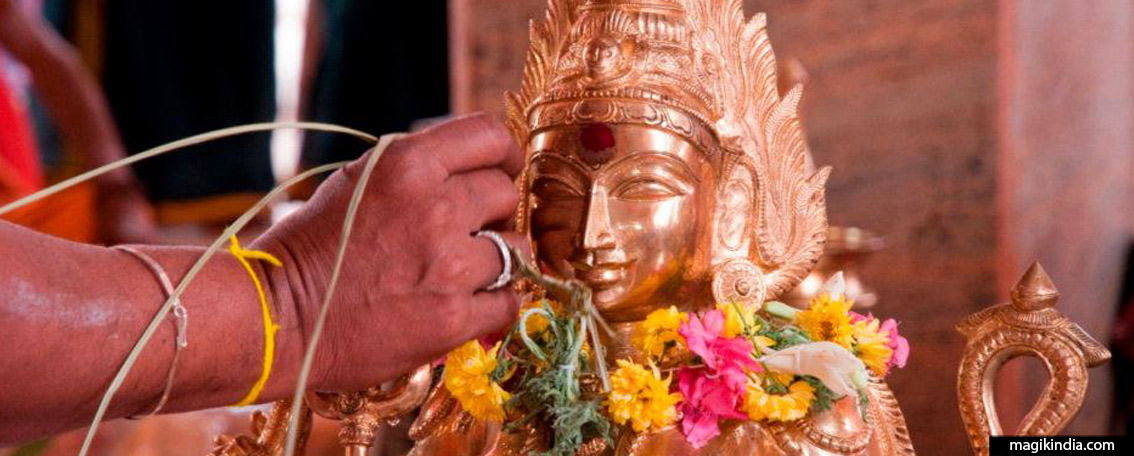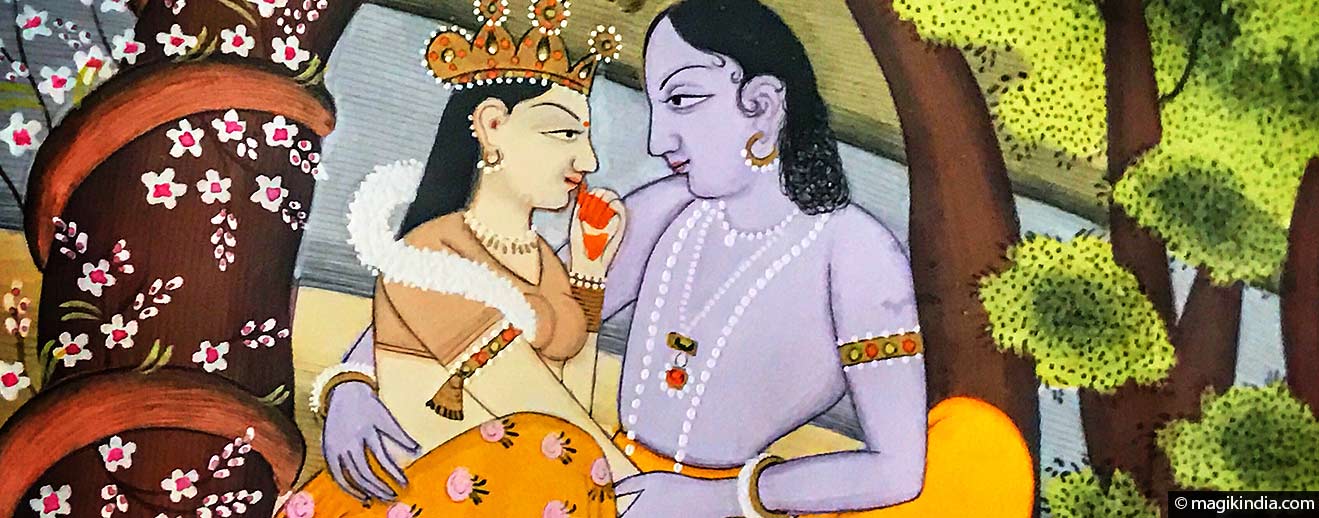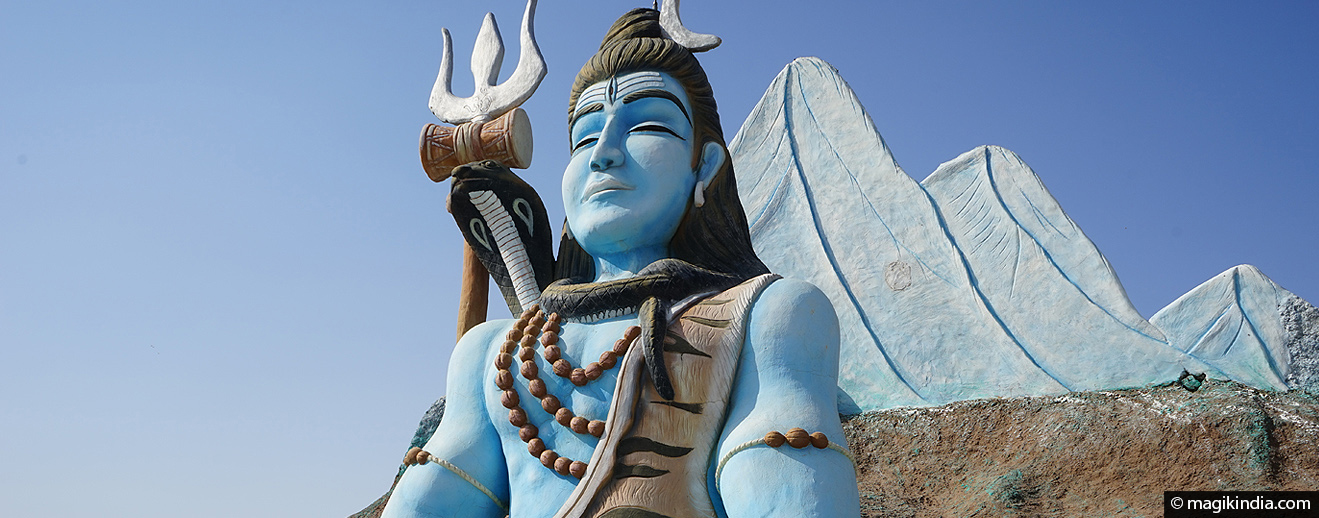
Mahashivaratri, the great night of Shiva
Mahashivaratri literally means “the great night of Shiva”. It is one of the major Hindu festivals of India when Lord Shiva is glorified, worshipped and honored with sanctifying rituals throughout the night.
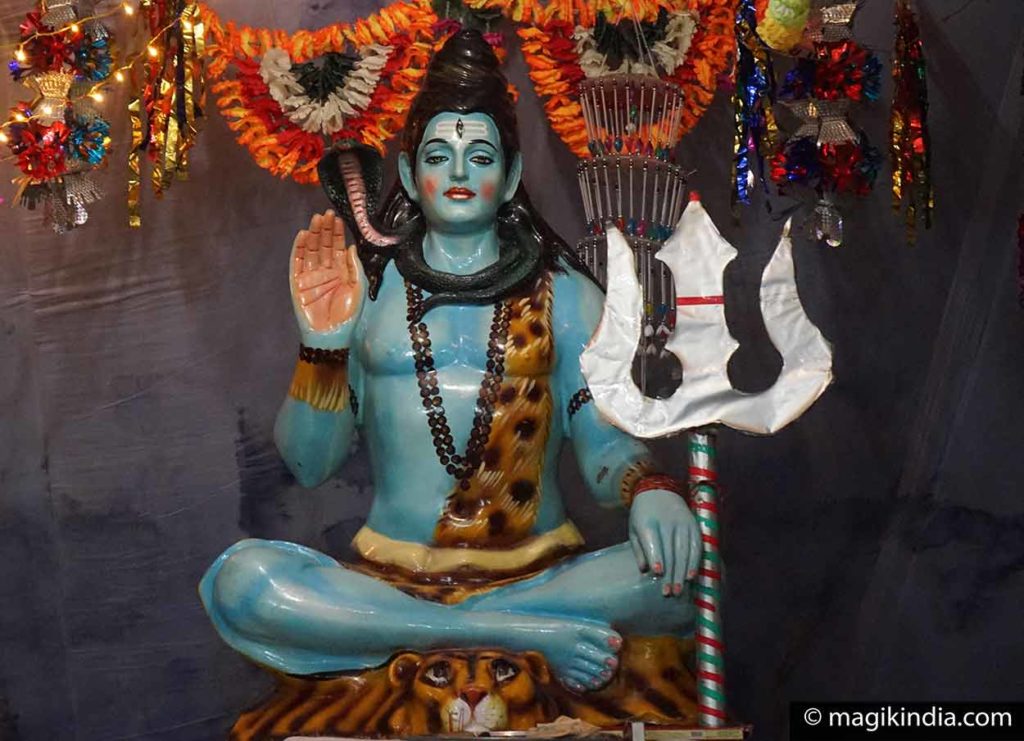
The word Shiva means all-auspicious, Maha means great, and Ratri means night. A “little” Shivaratri is observed on the fourteenth night of the dark half of every month. The “big” Shivaratri is the most holy and falls around February-March.
According to tradition, the planetary positions on this night are such that there is a powerful natural upsurge of energy in the human system.
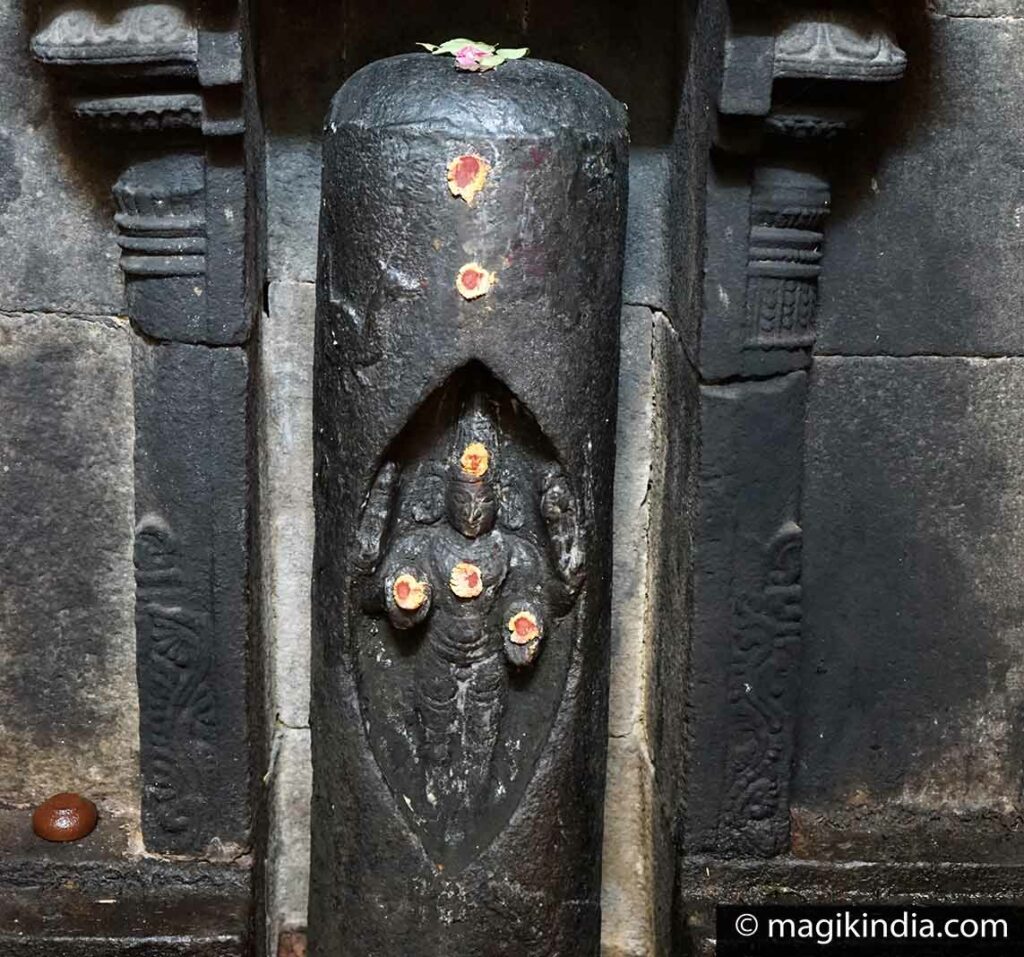
It is believed that on the day of Mahashivaratri, Lord Shiva revealed his Lingam form (see also Jyotir Lingam). So in order to pay tribute, devotees traditionally go to temples to perform a Shivalinga puja (worship of the lingam).
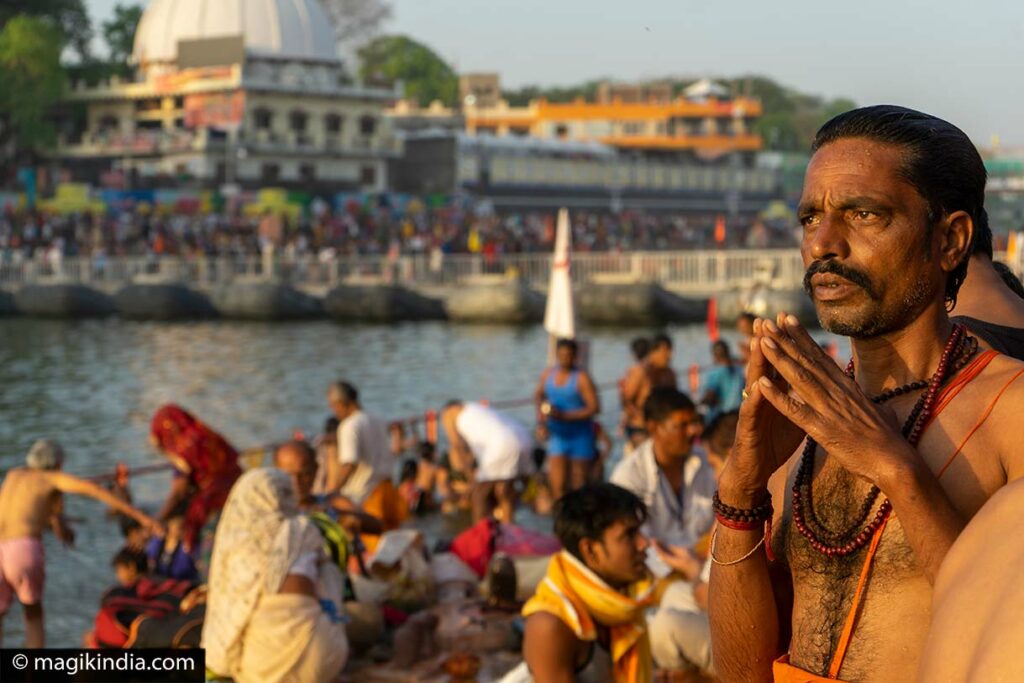
Devotees usually bathe at sunrise, preferably in the Ganges river, or any other holy water source. This is a rite of purification, which is an important part of all Hindu festivals.
It is said to be beneficial for one’s physical and spiritual well-being to stay awake and aware throughout the night and to fast.
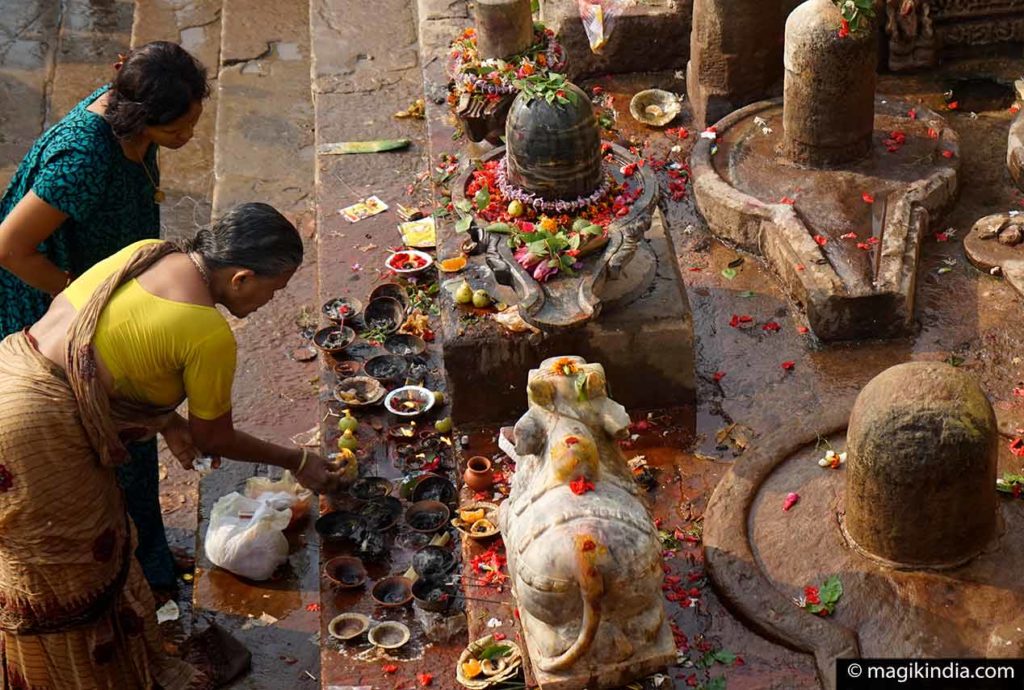
Mahashivaratri at Mount Girnar
Mahashivaratri is celebrated in a grand way in Bhavnath temple, Gujarat. No fewer than a million pilgrims gather for the event.
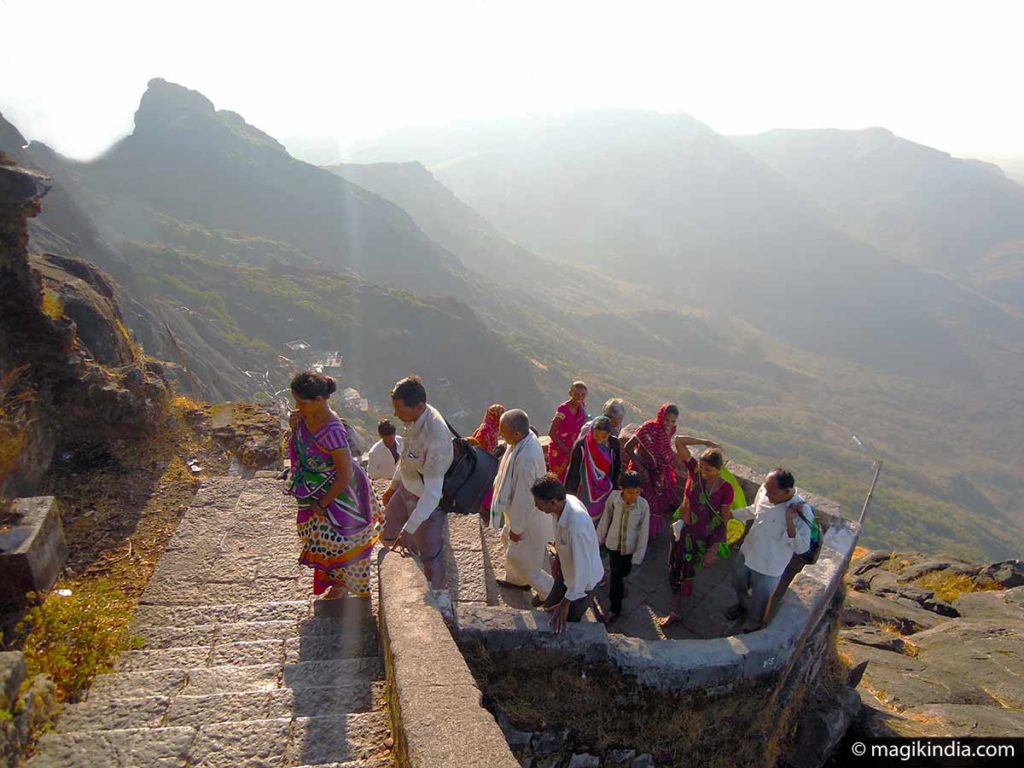
The Naga Sadhus (naked ascetics) come down from the Himalayas in vast numbers to attend the ceremony. There is a five-day fair during which you can hear many accomplished musicians play.
But the main attraction is the midnight Naga Bawa procession with hundreds of naked sadhus and sadhvis (women sadhus) taking part. The procession ends with a sacred bath in the Mrigi Kund, the bathing tank at Bhavnath temple, and a Maha Puja (great ceremony) at the temple’s Shiva Lingam.
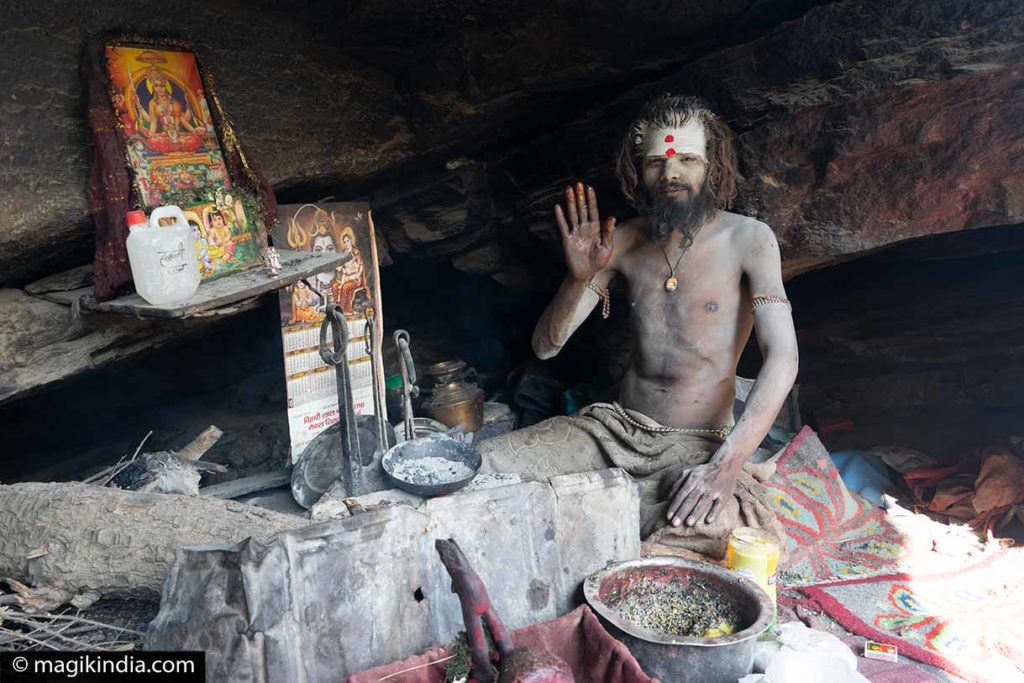
About the Shivalingam
The Shivalingam is one of India’s most emblematic spiritual representations, and one of the most powerful.
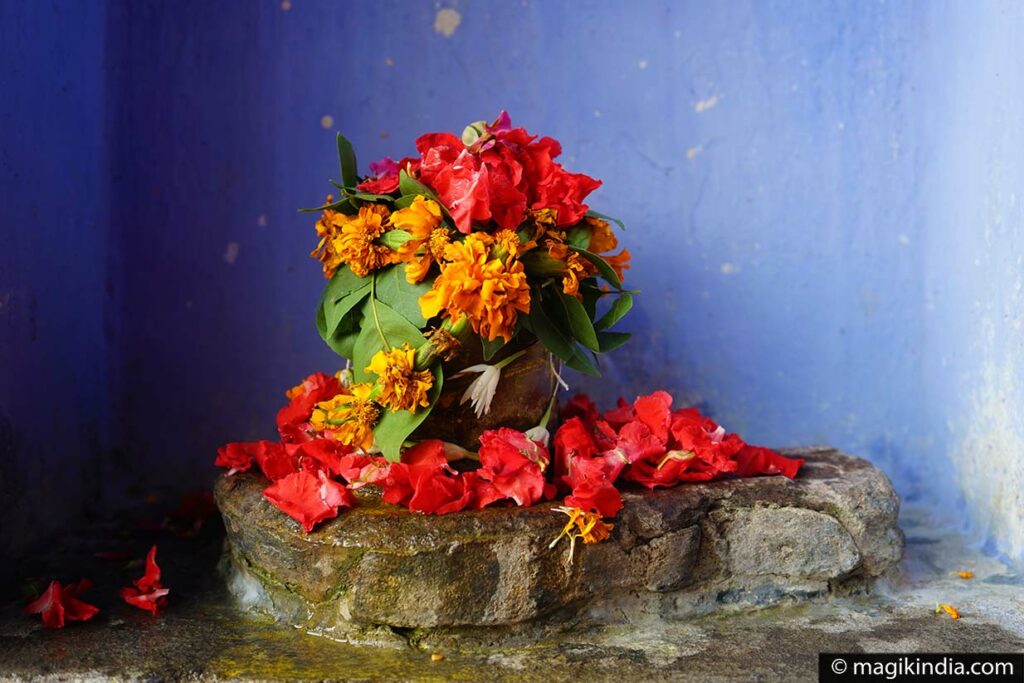
Shiva lingams can be found all over the subcontinent, from north to south and in the big cities as much as in remote villages.
The Sanskrit word lingam means ‘sign’ or ‘symbol’. So the literal meaning of Shiva lingam is ‘Shiva’s sign”. It is the symbolic form of the god Shiva, divinity without form.
The Puranas (ancient mythological scriptures) describe the lingam as being the source of the universe and Shiva as the Supreme Lord. He embodies both earth and sky, the infinite, into which everything merges at the end of time.
Some theories trace the lingam back to the ancient fertility cults. Standing stones have been discovered at archaeological sites in the Indus valley, suggesting possible fertility rites…
